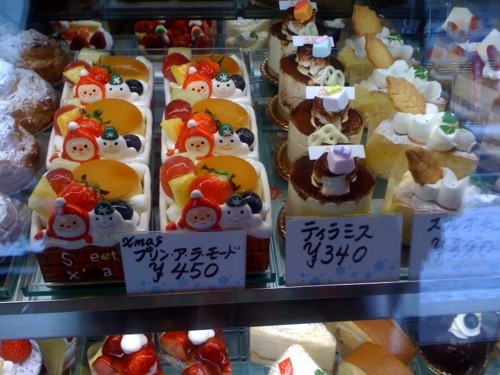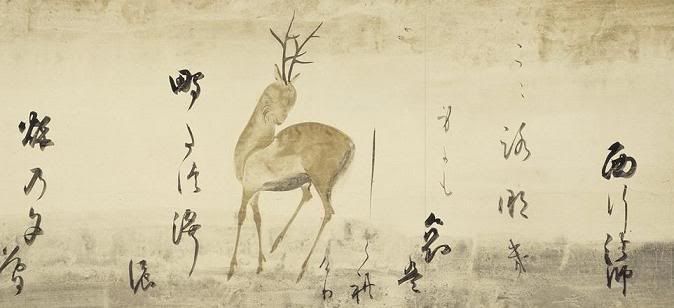First of all - reposting link to Hiroko's (our own SJG docent) childhood memories of New Year in Japan...
+ Another fragment of a holiday article from Billy Hammond, from his TanuTech webpage - again be sure to note his extensive index of Japan related information when you click the link to the rest of the article...
Also fragment of the Japanese New Year description from Japan-guide.com - you will see pictures of traditional shogatsu dishes when you click link below article....
Memories of New Year
by Hiroko:
New Year was the biggest event of the year in my family. I literally counted days until the morning of the New Year. Whole family contributed preparing for the coming of the New Year, and that is the reason why it was engraved deeply in my mind.
Cleaning up the whole house took place a couple of weeks before the New Year. My father was the general of the operations, even he did not touch a thing on other days during the year. All the tatami mats were lifted, and shoji papers were changed. I was in charge of cleaning my family’s temple and shrine. This was a good chance for me to reacquaint with my ancestors by polishing their ihai, Buddhist memorial tablets which are black wooden lacquer tablet with his or her posthumous Buddhist name inscribed in gold in the front, and secular name, the date of death, and the age at death on the back.
New Year's in Japan
By Billy Hammond
The Japanese celebrate the New Year in a big way. The official New Year falls on January 1st, however, in actuality the season itself runs from the 31st of December through the 3rd of January.
Preparation for the New Year begins during the middle of December, with people preparing New Year's postcards usually purchased from the Japanese Postal Service known as nengajo. These cards are sent to business clients and aquaintances, friends, and family members. Those destined for businesses are usually printed commercially at a print shop while those sent to family and friends tend to be handmade. For people with large mailing lists, though, the trend is to have all the cards prepared commercially.
The nengajo often have caricatures of the animal representing the coming year on them, together with a standard New Year greeting. The person sending the card will usually add a brief, handwritten message to the back of the card to express his or her thanks for the assistance received during the past year with wishes for continued support in the new year. Cards are not sent to people who have had a relative pass away during the old year. People who have suffered the loss of a loved one during the year send out postcards asking that they not be sent nengajo beforehand, so a list is usually kept of who to send and who not to send cards to.
The rest of the article here....
• • • • •
New Year
(from Japan-guide.com)
New Year (shogatsu or oshogatsu) is the most important holiday in Japan. Most businesses shut down from January 1 to January 3, and families typically gather to spend the days together.
Years are traditionally viewed as completely separate, with each new year providing a fresh start. Consequently, all duties are supposed to be completed by the end of the year, while bonenkai parties ("year forgetting parties") are held with the purpose of leaving the old year's worries and troubles behind.
Homes and entrance gates are decorated with ornaments made of pine, bamboo and plum trees, and clothes and houses are cleaned. On New Year's eve, toshikoshi soba (buckwheat noodles), symbolizing longevity, are served. A more recent custom is watching the music show "kohaku uta gassen", a highly popular television program featuring many of Japan's most famous J-pop and enka singers in spectacular performances.
The rest of the article here...
 |
| New Year in Tokyo |
I wish you will have a good new year.
Yoi otoshi o omukae kudasai. (formal)
よいお年をお迎えください。
Yoi otoshi o! (casual)
よいお年を!










